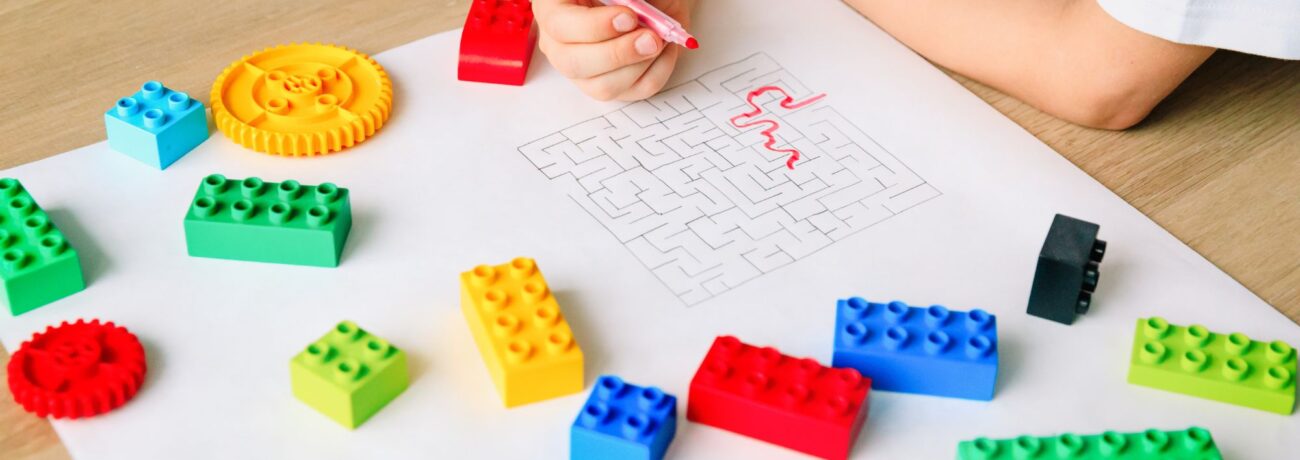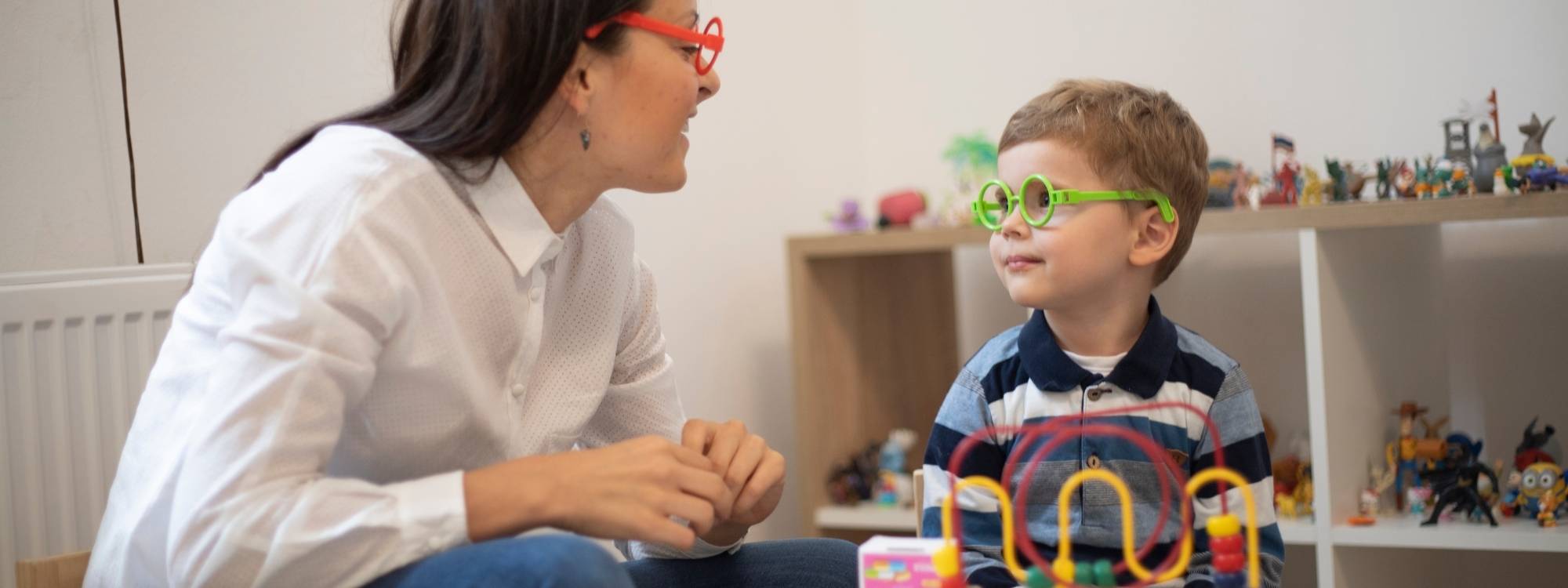How to Help Children with Autism: Effective Strategies
Understanding Autism Spectrum Disorder
Autism Spectrum Disorder (ASD) is a developmental condition that impacts communication, behavior, and social interaction. While autism is typically diagnosed in early childhood, its effects can last a lifetime. Every autistic child experiences the world differently; some may struggle with sensory input, while others face challenges with verbal communication or understanding social cues. Let’s dive into the topic: How to Help Children with Autism: Effective Strategies.
Understanding the autism diagnosis is the first step in providing meaningful support. Recognizing your child’s strengths, special interests, and specific developmental challenges allows you to build routines, communication styles, and teaching methods that work for them. The earlier this support starts, the more likely it is to help your child thrive over time.
Creating a Supportive Environment for Autistic Children
Many autistic children feel overwhelmed by chaotic, unpredictable environments. Creating a calm, structured space can reduce anxiety and help your child’s behavior and focus. A predictable home environment offers a sense of safety, especially for children who struggle with transitions or changes in routine.
Start by observing your child’s sensory sensitivities. Do they react strongly to noise, lights, or certain textures? Then, begin making environmental adjustments that reduce stress and overstimulation.
Here are practical ways to create a supportive space:
- Use visual cues like daily schedules, visual calendars, or pictorial checklists to help your child understand what’s happening next.
- Create a calming corner with soft lighting, favorite activities, and sensory tools where your child can retreat when they feel overwhelmed.
- Establish routines that include mealtimes, bedtime, and playtimes at consistent intervals. Routine helps with emotional regulation and reduces meltdowns.
This doesn’t mean removing all spontaneity, but predictability gives many children with autism the structure they need to feel secure.
Building Social Skills in Autistic Children
Social interaction doesn’t always come naturally for autistic kids. They may have difficulty making eye contact, understanding facial expressions, or navigating conversations. Still, with the right tools and practice, social development is possible.
Social skills aren’t just about talking, they include learning how to read nonverbal cues, engage in turn-taking, and recognize the emotions of others. Instead of pressuring your child into large group settings, start with structured, low-pressure interactions and reward good behavior.
Effective strategies for teaching social skills include:
- Social stories – Short, simple narratives that teach expected behavior in common social situations (e.g., waiting in line or asking for help).
- Role-playing games – Practice real-world scenarios, such as greetings or sharing toys, in a safe, encouraging environment.
- Small group activities – Whether it’s a favorite activity like building with blocks or playing board games, small groups help children build confidence while practicing social interaction.
Remember, progress in social development can be slow, and that’s okay. The goal is not perfect social behavior, but confident and respectful interaction at both you and the child’s pace.
Managing Behavior and Emotional Challenges
Autistic children often express distress through behavior. Meltdowns, self-stimulatory actions (also known as stimming), or withdrawal can signal sensory overload, frustration, or communication struggles. Understanding what causes these behaviors is key to managing them compassionately through behavior therapy.
Many parents find success using functional behavior analysis (FBA) techniques to identify what triggers certain behaviors and what reinforces them. Knowing the “why” behind the behavior allows you to respond more effectively.
Support strategies may include:
- Identify triggers such as loud noises, changes in routine, or crowded places and minimize exposure when possible.
- Use positive reinforcement to encourage good behavior. Praise your child or offer small rewards when they demonstrate a desired skill.
- Teach coping strategies like deep breathing, squeezing a stress ball, or using “calm down” cards to help with emotional regulation.
Instead of punishing challenging behavior, focus on teaching alternative ways to express needs and manage stress. Children who feel understood are more likely to learn new skills over time.
Encouraging Communication in Nonverbal or Minimally Verbal Children
Not all autistic children speak. Some use few words, while others communicate through gestures, facial expressions, or assistive technology. The key is not forcing verbal language but encouraging meaningful communication in whatever form works best.
Communication tools can include:
- Picture Exchange Communication Systems (PECS) – This allows children to use images to express requests or emotions.
- Speech therapy – A licensed therapist can support language development or alternative communication methods like sign language or speech-generating devices.
- Joint attention strategies – These involve engaging the child in shared focus, such as pointing to objects or following someone’s gaze, which lays the foundation for more advanced communication.
Supportive communication environments help children feel heard and reduce frustration. Many parents find that once their children can express themselves, even through visuals or devices, their behavior improves significantly.
Fostering Friendships and Peer Relationships
Social difficulties often lead to isolation for many children on the autism spectrum. Making friends can be especially tough when your child doesn’t pick up on social rules as easily as other children. However, strong friendships can develop when kids are supported in finding common interests and shared experiences.
Here’s how to nurture these connections:
- Playdates with structure – Plan short, low-pressure activities around your child’s favorite games or hobbies. This makes interactions more engaging and less stressful.
- School support teams – Work with your child’s school to create inclusion plans and peer support programs that foster understanding and cooperation.
- Model empathy – Help your child understand friendship by modeling kindness, encouraging conversations, and praising efforts to connect.
Friendship for autistic children may look different, but it’s just as meaningful. With encouragement through their favorite activity, many autistic kids form deep bonds with others.
Supporting Nutrition, Sleep, and Health Needs
Health is often overlooked when supporting autistic children, but it plays a crucial role in behavior and learning. Many autistic children face challenges like restricted eating, sleep difficulties, or low activity levels, especially when choosing treatments.
Some ways to support physical well-being include:
- Balanced nutrition – Involve your child in meal prep to increase food acceptance. Work with a dietitian if your child has sensory-based food aversions.
- Healthy sleep routines – Create a consistent bedtime schedule with calming activities, like reading or dim lighting, and limit screen use before bed.
- Daily physical activity – Activities like swimming, jumping on a trampoline, or yoga can help manage stress, improve sleep, and boost mood.
If sleep or nutrition concerns persist, consult with your pediatrician or a specialist who understands developmental challenges in autistic kids.
Working With Schools and Advocating for Education
School can be both a support system and a challenge for many autistic children. A collaborative relationship between parents and educators is essential to meet a child’s academic, social, and emotional needs.
You can advocate for your child by:
- Requesting an IEP (Individualized Education Program) – This ensures your child has tailored goals, accommodations, and support.
- Communicating regularly – Schedule meetings with teachers, counselors, and aides to stay aligned on progress and challenges.
- Helping staff understand autism – Share specific strategies that work for your child, including sensory preferences or communication tools.
Informed parents are empowered parents. The more involved you are in your child’s school experience, the more likely they are to thrive academically and socially.
Supporting Parents and Family Members
Caring for an autistic child can be rewarding and exhausting. Many parents experience burnout, especially when personal space and support systems are lacking. That’s why self-care and community support are vital.
Ways to protect your well-being:
- Connect with other parents – Online forums or local autism support groups offer emotional support and practical tips.
- Take breaks – Utilize respite care or trusted family members to give yourself time to rest and recharge.
- Therapeutic support – A counselor familiar with parenting children with special needs can help you process emotions and develop coping strategies.
Remember: your mental health impacts your child. When you care for yourself, you’re better able to show up fully for them.
Conclusion: How to Help Children with Autism
Helping children with autism and autistic people is a journey that requires patience, adaptability, and a deep understanding of your child’s unique world. Whether through structured routines, communication tools, social practice, or emotional support, every step you take builds toward a more confident, independent future for your child. Your role, filled with care, curiosity, and consistency, can truly make all the difference.
Looking for expert support to help your child thrive with autism? At Champions ABA, we create individualized therapy plans that empower children through structured routines, social skills development, and proven strategies like ABA, NET, and parent collaboration. Whether your child needs help with communication, behavior, or emotional regulation, our experienced, compassionate team is here to guide your family every step of the way. Call (877) 242-1744 or visit our website today to start your child’s journey toward growth, confidence, and connection.
FAQs: How to Help Children with Autism
What can you do to help an autistic child?
You can support an autistic child by creating structured routines, using visual cues, encouraging communication (even nonverbal), and practicing patience. Focus on understanding their needs, using positive reinforcement, and working collaboratively with therapists, educators, and family members to better interact.
How to teach an autistic child life skills?
Life skills like brushing teeth, using money, or preparing food should be taught through repetition, visual instructions, and real-world practice. Breaking tasks into small steps and using reward systems can help the child learn more effectively. Occupational therapy can also support daily skill development.
How can parents support a child with autism?
Parents can support their autistic child by advocating for their needs in school, maintaining consistent routines, fostering communication, and seeking therapies like ABA or speech therapy. Emotional support, understanding, and involving the child in decision-making also promote independence and confidence.
What are self-help skills for autism?
Self-help skills include daily activities like dressing, feeding, hygiene, and toileting. These are often harder for autistic children but can be taught gradually through modeling, visual aids, and hands-on practice. Encouragement and consistency are key in helping children gain independence.



